Post-Inflammatory Erythema: Symptoms, Causes, and Treatment

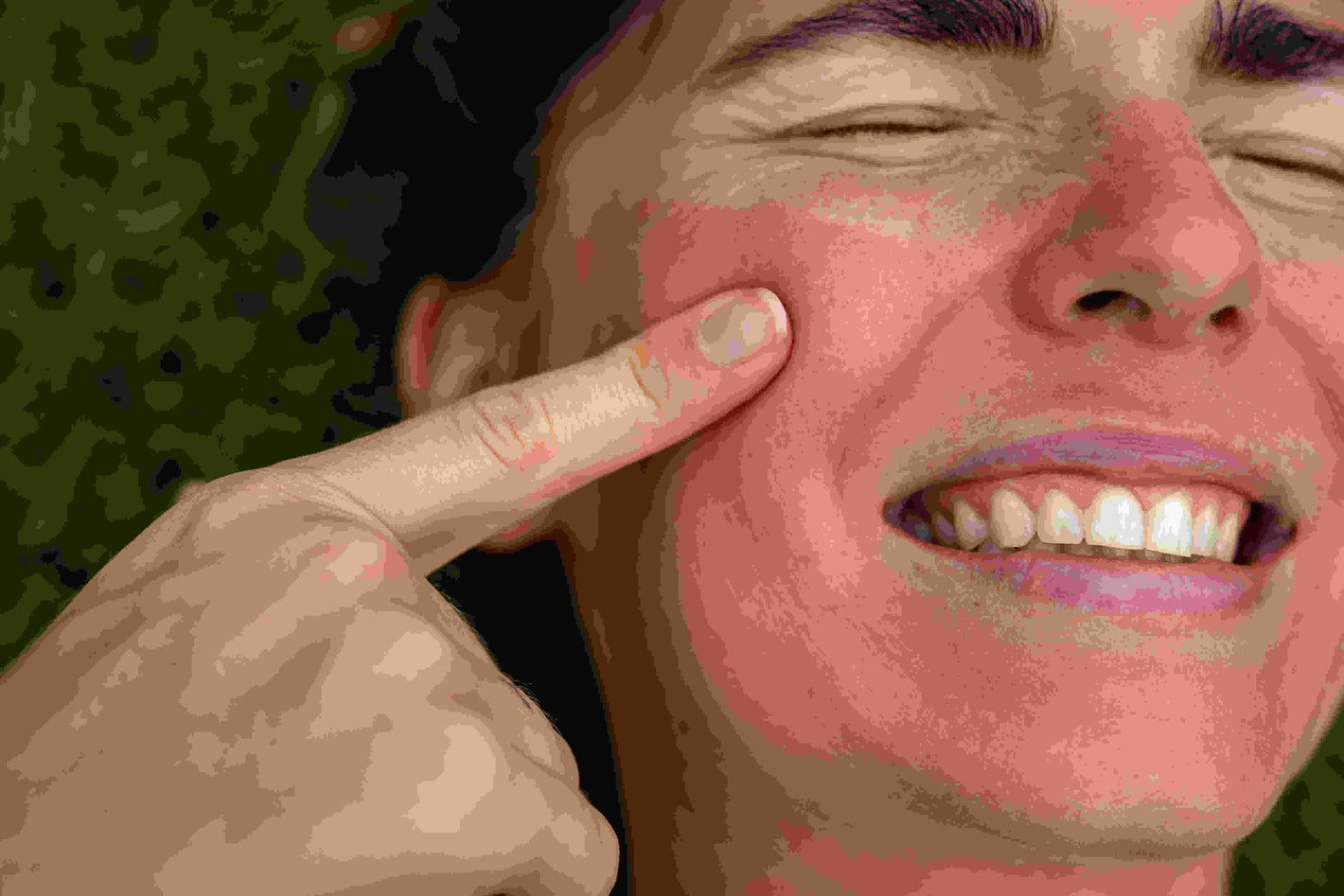
Related products
Post-inflammatory erythema (PIE) is a purplish, reddish, and pink mark on the skin due to acne. It lasts for a month or so, although medical treatments and home remedies are highly effective to hasten recovery. In other words, the acne breakouts often leave purple, red, or pink patches on the skin, and these stubborn spots are known as post-inflammatory erythema (PIE).
It most commonly occurs in people with lighter skin, particularly those with I, II, and III skin on the Fitzpatrick Skin Phenotype Scale. Most of the time, no treatment is required, particularly in uncomplicated cases. It lasts for months, and home remedies and some medications help in early recovery.
To support recovery further, maintaining a consistent skincare regimen with options from our Skin Care collection can nourish and protect delicate post-PIE skin, promoting an even complexion and long-term skin health.

Causes of PIE
The superficial purple, red, or pink scars that characterise PIE occur due to damage to the local blood vessels or capillaries that are present in the skin, inflammation, and dilation. Another common cause of PIE is cystic acne, but sometimes, sunburns, dermatitis, and other inflammatory skin conditions are responsible.
It usually fades independently; nevertheless, many treatments eliminate it early or at least lessen its impact.
So, various causes and triggers are responsible for post-inflammatory erythema. Understanding these causes and triggers helps prevent and manage the skin. The major causes include To help with post-acne redness and irritation, products like Eurax Cream can be incredibly useful. Eurax contains active soothing agents that help relieve itching and irritation, creating a calmer skin environment and supporting faster PIE recovery. Its dermatologically tested formula makes it a suitable option for sensitive skin types post-breakout.
Skin injuries: The physical traumas to the skin and skin injuries, e.g., abrasions, burns, and cuts, are responsible for PIE. The trauma-induced inflammation causes more blood flow to the impact site and results in PIE.
Faulty dermatological procedures: Some skincare treatments, e.g., dermabrasion and skin peels, result in inflammation and other complications, e.g., PIE after the procedure. To reduce the risk of PIE, it is advised to be strict with the aftercare procedure as recommended by the dermatologist.
Acne: Acne is a leading cause of PIE. During acne, the skin is inflamed, causing damage to the underlying capillaries and PIE.
The doctors in Welzo's team have described 7 acne causing foods. Visit this page to delve into more details. For those seeking more targeted solutions, our Medication for Acne collection offers an excellent range of treatments to tackle active breakouts effectively and prevent PIE from worsening.
Symptoms of PIE
It appears like acne spots but somewhat differs from blackheads, whiteheads, and other acne lesions. It is pink or red and occasionally takes a deep-purpose tint. It appears as separate dots on the skin or occurs in clusters.

These dots usually do not cause pain, vary in size and are flat. The skin at these spots is more reddish than the surrounding skin.
Types of post-inflammatory erythema
There are various types of post-inflammatory erythema, each with unique features. These types are,
Erythematous patches
These appear as large pink or red discolouration areas on the skin and are more than 1cm in diameter. These patches occur after severe injury or inflammation on the skin and are very distressing and noticeable due to their large size.
Erythematous papules
These papules develop as large bumps on the skin. They are less than 1cm in diameter, and their raised nature distinguishes them from other skin. They are the result of significant trauma and acne or allergic reactions.
Erythematous macules
These are reddish, flat, and small pink spots on the skin and are less than 1 cm in diameter. They are the result of capillary damage near the skin and are the most common manifestations of PIE after minor injuries and acne.
Treatment of PIE
If left untreated, it often persists for months and takes up to 6 months. If a person wants to get rid of it quickly, several treatments and home remedies are available. The main treatment options are topical treatments.
Several topical treatments are available that help in quick recovery and speed up recovery. Our page about acne creams & treatments has many treatments and products related to acne. Visit it to see our collection. The major treatment options for PIE are;
Chemical peels
Chemical peels, e.g., alpha hydroxy acids (AHAs), like lactic acid and glycolic acid, are highly beneficial to treat PIE. The alpha hydroxy acids promote healthy skin growth, remove dead cells, and effectively exfoliate skin. The chemical peels help dissolve the 'glue' around the cells, which binds them together, improves skin tone, reduces redness, and smoothens the texture.

The chemical peels help stimulate collagen production and cellular regeneration and reduce the appearance of PIE by repairing the damaged blood vessels. However, using these peels only under professional guidance is advised to avoid damage and irritation.
Micro-needling
Microneedling creates minor and easily controlled small-sized micro-injuries on the skin and helps treat the post-inflammatory erythema. This process stimulates natural healing and boosts elastin and collagen production for better skin health, texture, and firmness.
Devices like the Dr. Pen A11 Ultra Ultima PRO Microneedling Pen make professional-level microneedling accessible at home. This advanced pen offers adjustable depths for precision and enhances collagen stimulation to improve the appearance of PIE. Used carefully under guidance, it boosts skin repair while reducing redness over time.
Another innovative option is the Dr. Pen Bio Pen Q2 3-in-1 Microneedling Pen With LED Light Therapy and Microcurrent, which not only offers micro-needling but also combines LED therapy and microcurrent technology. This three-in-one action reduces inflammation, stimulates healing, and targets pigmentation, making it ideal for those battling stubborn PIE. LED light further helps calm and repair sensitive skin post-injury.
Nevertheless, skilled professionals are advised to perform microneedling by following the proper protocol and aftercare. Avoiding sun exposure and the use of harsh skincare products is crucial after this procedure, as the skin is sensitive in the post-exposure phase.
Topical corticosteroids
Several topical corticosteroids, e.g., hydrocortisone, reduce inflammation. Often, it is used in combination with other medications for acne, and it is advised to be used under the supervision of a dermatologist as it has the risk of potential side effects.
Niacinamide
It is a type of vitamin D3 that helps maintain skin moisture and reduces inflammation. When applied topically, it has numerous benefits for PIE and helps mitigate the breakouts of cystic acne.
For more targeted acne treatment during active breakouts, Acnecide Gel is highly recommended. It contains benzoyl peroxide that actively kills bacteria responsible for acne, helping prevent PIE formation from worsening acne lesions. Regular use also reduces future flare-ups and improves overall skin clarity.
Similarly, the Acnecide Face Gel 15g is a handy solution for mild to moderate acne. This lightweight, easy-to-apply gel dries quickly and penetrates pores to reduce inflammation and redness associated with acne. By controlling active breakouts effectively, it minimises the chance of post-inflammatory marks developing.
Vitamin C (in topical preparations)
The use of vitamin C to treat acne-induced PIE has yet to be extensively studied. Nevertheless, it reduces the erythema linked to ultraviolet B (UVB) radiations. It can lighten the skin and benefit people with PIE and post-inflammatory hyperpigmentation (PIH).
PIH is a separate skin condition with a separate aetiology.
Medical & procedural therapy
Medical and procedural treatments are necessary for those unsatisfied with the topical and other at-home remedies. The significant therapies are,
Laser therapy
Dermatology uses various types of laser therapy, e.g., pulsed dye laser, to treat PIE and other acne complications. The lasers pinpoint and eliminate the damaged area under the skin containing the blood vessels, reducing inflammation. It takes several sessions to see noticeable results.

Micro-needling treatment
This technique used a derma roller that contains numerous tiny needles to generate a controller and superficial skin injury. The procedure induces the skin to produce novel collagen-rich tissues, eliminating red surfaces and skin spots.
It is also helpful for dissolving acne-associated scarring on the skin and is enhanced when combined with topical tretinoin and vitamin C serum. The microneedle needs consultation and advice from a dermatologist, as using tretinoin and a home derma roller causes significant redness, irritation, and scarring. There is another drawback: numerous sessions, like other laser treatments, are needed to see observable results.
PIE Vs. PIH
Post-inflammatory hyperpigmentation (PIH) is another potential complication of acne and various other skin conditions of inflammatory origin. In this condition, the skin damage causes the excessive production of melanin. It is mainly observed in people with darker skin tones, particularly those with type IV, V, and VI, on the same scale (Fitzpatrick Skin Phenotype Scale).
Both PIH and PIE sometimes co-occur in people with different skin types. The PIE and PIH are nevertheless different in colour as PIH is often brown in contrast to PIE's purple, pink, and red colours. PIH is often longer lasting than PIE.
When to visit a dermatologist?
PIE increases self-consciousness, and it is OK to cover it up with makeup. If it is not possible to cover it up with makeup and one feels distressed about living with this condition, it is advised to consult a dermatologist. The dermatologists offer treatments and recommendations to speed up the recovery time.

Dermatologists also help treat the underlying health conditions responsible for PIE in the first place.
Frequently Asked Questions
Which treatment option is the most effective for PIE?
Intense pulsed light therapy (IPL) effectively reduces the appearance of PIE and improves skin redness. Light therapies, lasers, and other related procedures are the best treatment choices for PIE.
What are the natural treatments of PIE?
Healthy skin-friendly ingredients, e.g., vitamin C, niacinamide, and vitamin E, help neutralise the free radicals that damage the skin and improve the healing process. In the long run, their use helps calm and brighten the skin.
Which skin serum is the best for post-inflammatory erythema (PIE)?
Azelaic acid soothes inflammation and has gentle exfoliating effects on the skin. It allows the marks of post-inflammatory erythema to fade slowly. Likewise, retinoids, e.g., tretinoin, help quickly treat and prevent post-inflammatory erythema. Finding the best treatments that work better for a person is necessary.
Does Aloe Vera help those with PIE?
The post-inflammatory erythema takes up to 6 months to go on its own. But if one wants to reduce the healing time, homemade topical treatments, e.g., aloe Vera, and other options, e.g., sunscreens, niacinamide, and vitamin C, are helpful for this purpose. Medical treatments, e.g., microneedling and laser, are the other valuable options for easy treatments.
Which tea is the best for those suffering from post-inflammatory erythema (PIE)?
Green tea has anti-inflammatory properties and is helpful for those with skin conditions, e.g., acne and PIE. It is rich in antioxidants, which help combat oxidative stress and reduce the impact of free radicals.
Which dietary supplements are advised for those with post-inflammatory erythema?
According to skin experts, vitamin C is an excellent one-stop solution for those with skin conditions, e.g., PIE. It reduces skin redness by strengthening the capillary walls and helps achieve glowing and healthy skin quickly.

Bottom-line
Post-inflammatory erythema (PIE) is the residual purple, pink, or reddish spot on the skin that is the residue of the acne breakouts. Mostly, it goes on its own, but home remedies and topical medications, as mentioned above, speed up this recovery process. Likewise, the treatments recommended by dermatologists are an additional choice to help eliminate or reduce it.
The key to success is to practise a consistent skincare routine and prevention. Applying skincare products daily, using gentle products, and avoiding potential triggers make it easy to prevent more irritation and reduce skin redness.
Topical treatment options, e.g., chemical peels, speed up recovery. Still, it is advised to consult dermatologists for the most effective approach to the skin type. With the proper care and patience, achieving an even clearer complexion over time is possible.
If acne is the cause of PIE, one needs to choose the best products to treat acne. Visit us to learn what is the best cream for acne and see what the dermatologists have recommended for acne. Likewise, consult our healthcare professionals and dermatologists through our Private GP Appointments Online and discuss your health concerns.






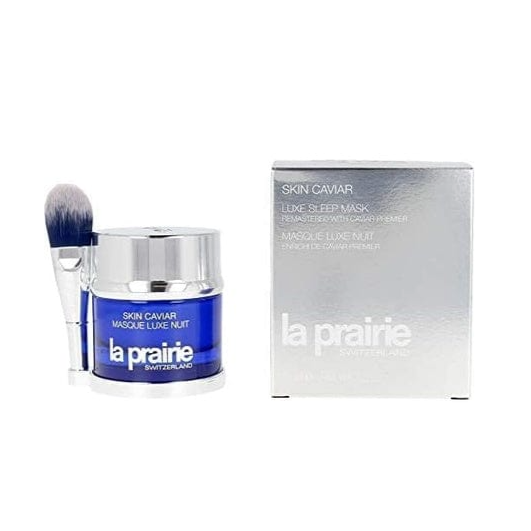
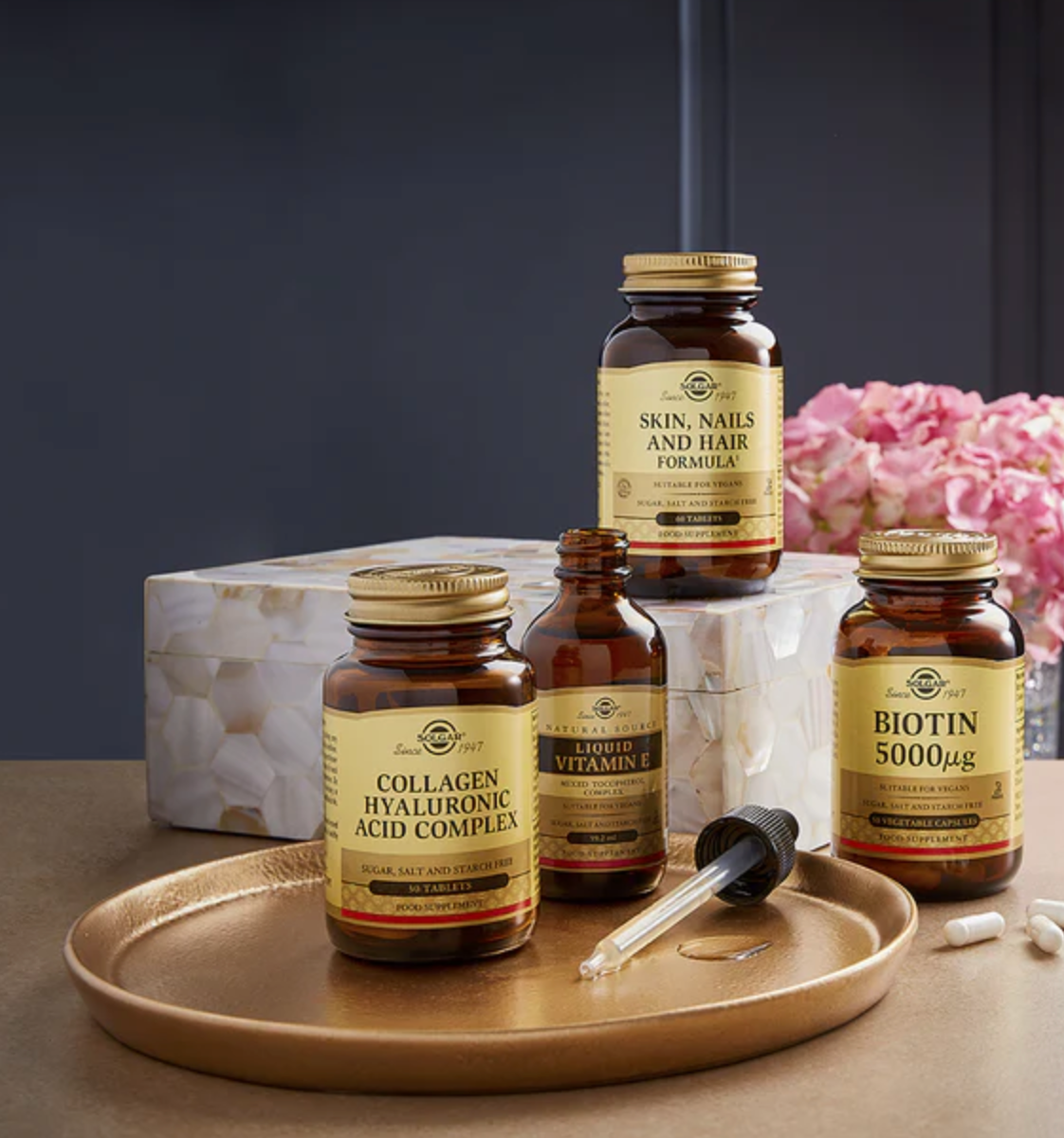
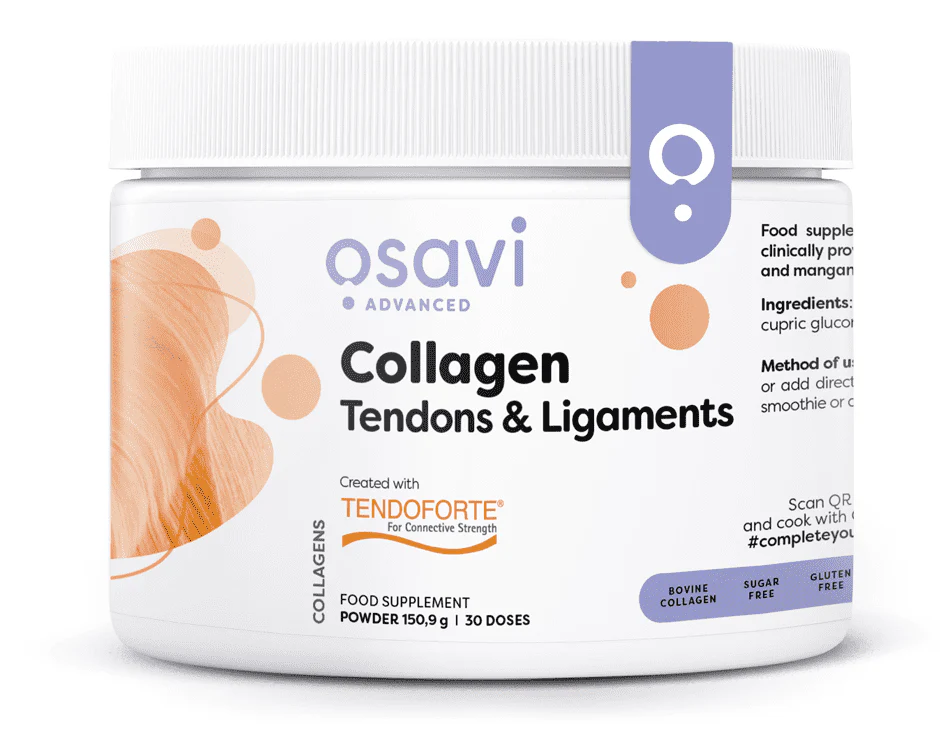




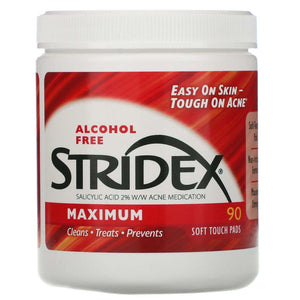
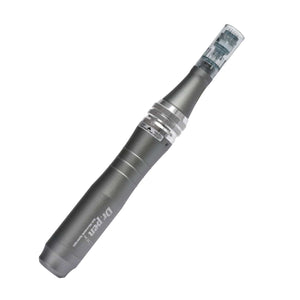

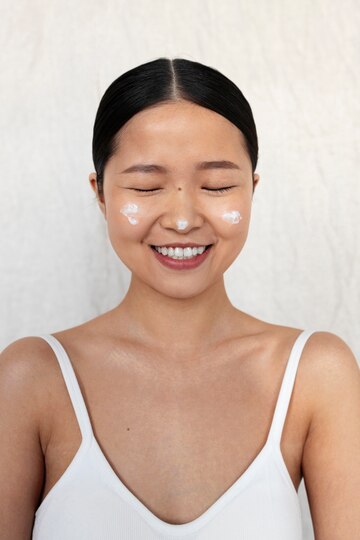
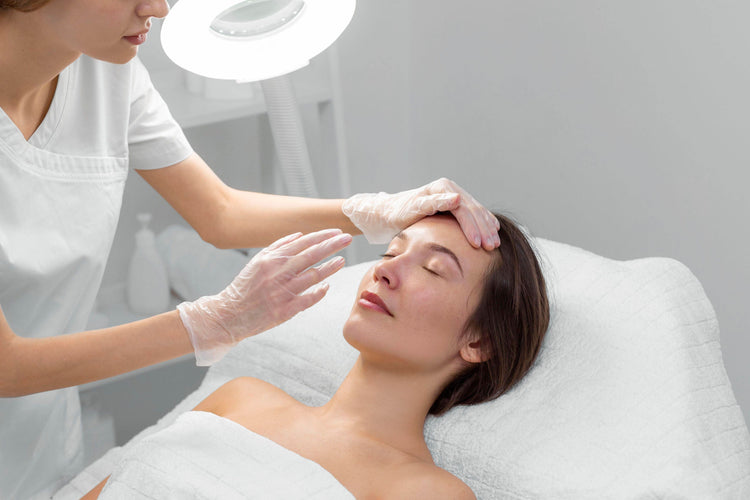


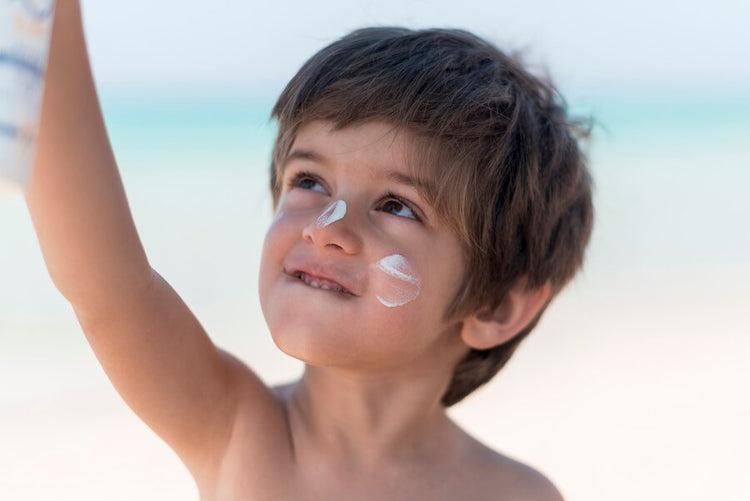
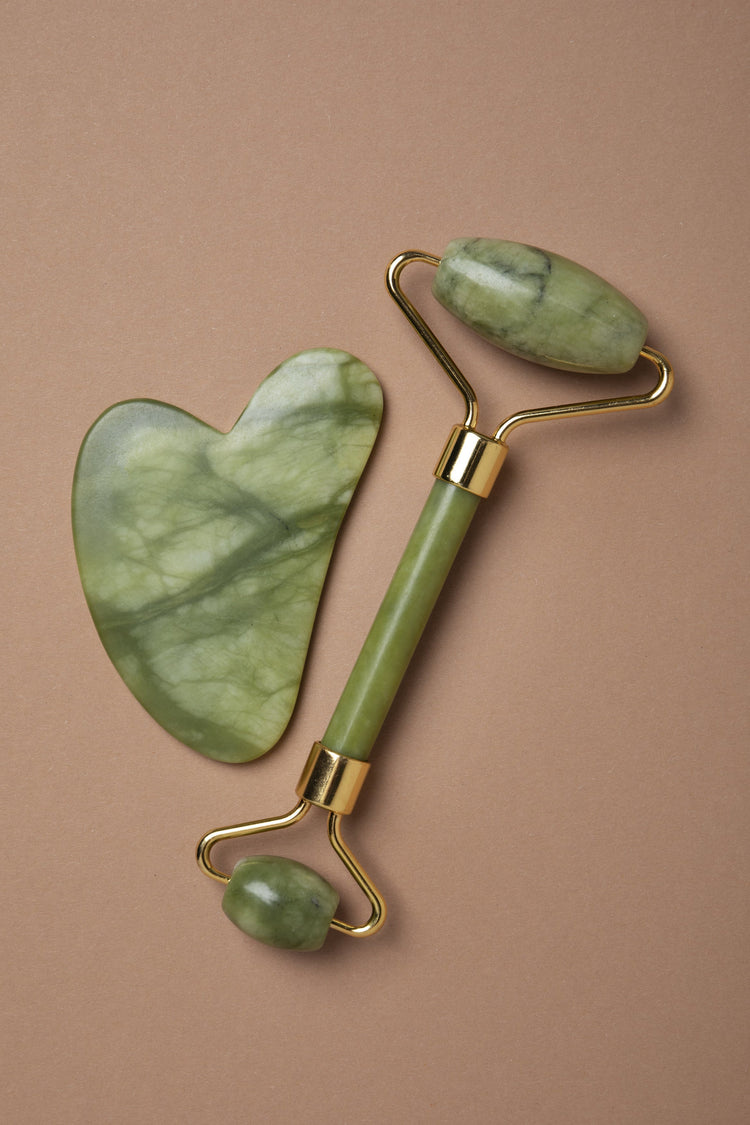
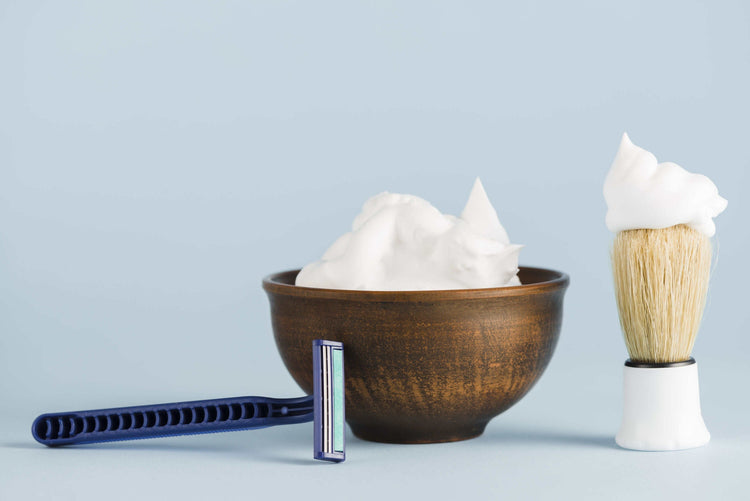

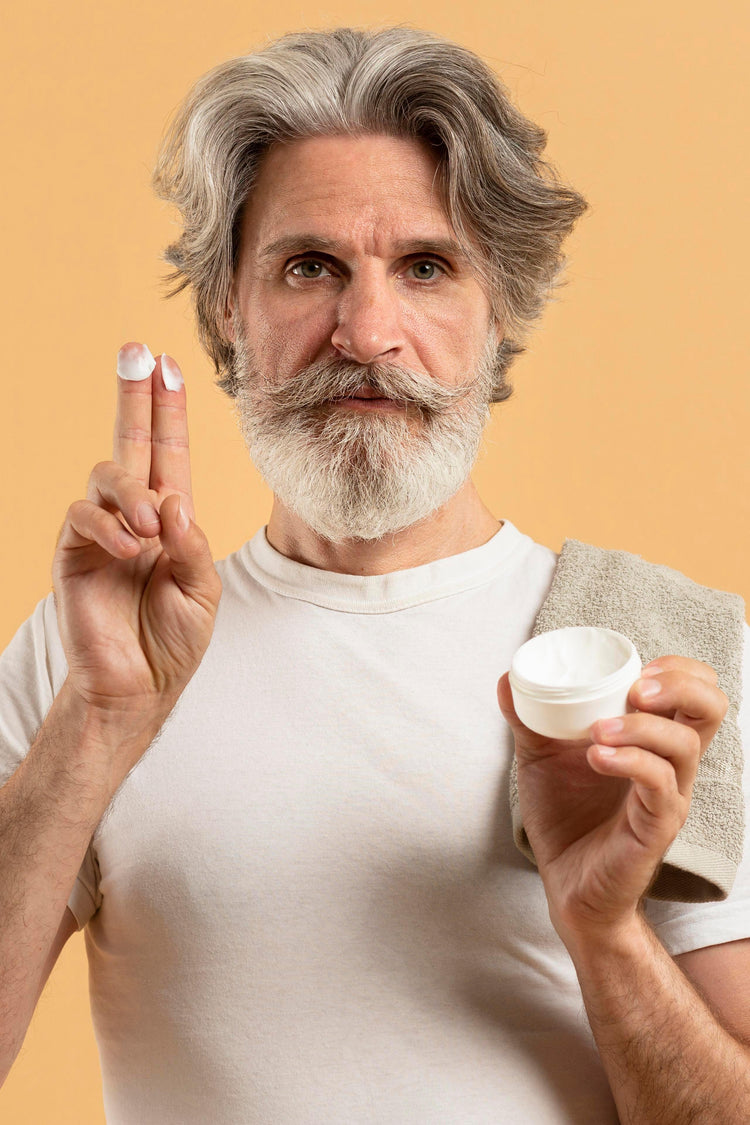
 Rated Excellent by 26,523+ Reviews
Rated Excellent by 26,523+ Reviews